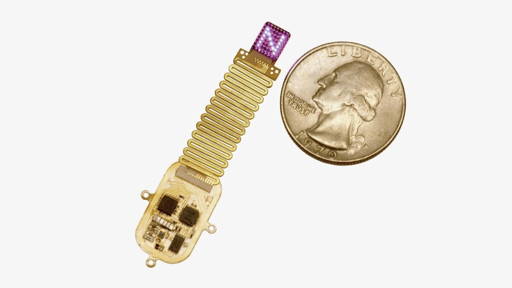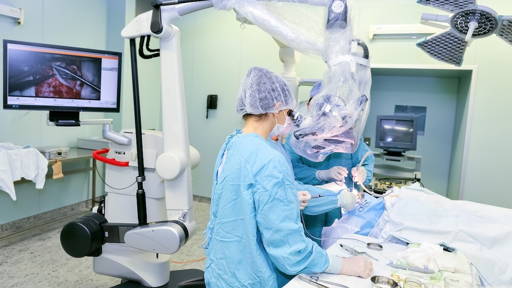Researchers at the Lineberger Comprehensive Cancer Centre at the University of North Carolina (UNC) have developed an innovative molecular technology that offers new perspectives for the treatment of difficult-to-treat forms of cancer. It involves a so-called “two-in-one” RNA molecule that is capable of simultaneously disabling two crucial oncogenes, KRAS and MYC. At the same time, the molecule can also deliver drugs directly to tumours in which these genes are active.
The molecule is based on an advanced application of RNA interference (RNAi), a process in which small interfering RNAs (siRNAs) can suppress genetic activity. The researchers developed a unique composition of reverse RNAi molecules that can effectively suppress both the mutated KRAS gene and the overexpressed MYC gene. This combined inhibition led to a 40-fold increase in the reduction of cancer cell viability compared to treatment with separate siRNAs. The research was published in the Journal of Clinical Investigation at the end of July.
Important genes in oncology
Both genes are of great importance in oncology. KRAS mutations occur in an estimated quarter (25%) of all cancer cases and are common in lung, colon and pancreatic cancer. MYC is involved in the development of around 50 to 70 percent of all cancers, but to date there is no effective drug or therapy that specifically targets this gene. The combination of both makes the treatment of certain tumours particularly complex.
"Simultaneously switching off KRAS and MYC is comparable to cutting through both Achilles heels of the cancer cell. Not only does this demonstrate that combined gene silencing is possible, but it also opens the door to a broader approach, whereby multiple targets can be tackled simultaneously in the future," says Dr Chad V. Pecot, professor of medicine at the UNC School of Medicine, who co-led this research.
The new RNA technology builds on previous research by Pecot and his team, in which they developed a targeted RNA therapy for a specific KRAS mutation (G12V). With the new approach, other KRAS variants can now also be effectively silenced, increasing the applicability of the therapy for a broader group of patients.
Precision and efficiency
What makes the technology special is its combination of precision and efficiency. The ability to target multiple genetic drivers simultaneously creates a powerful therapeutic tool for tumours that are resistant to standard treatments. The researchers are now investigating whether it is technically feasible to expand the platform to target three or more genetic targets within a single molecule.
According to Pecot, the development fits seamlessly with the objectives of the UNC RNA Discovery Centre, where innovative RNA therapies are being developed for difficult-to-treat diseases. ‘Our findings show that combining targeted genetic silencing with targeted delivery to tumours is a promising path towards precision medicine. This technology could offer real hope to patients with forms of cancer that were previously considered untreatable.’









